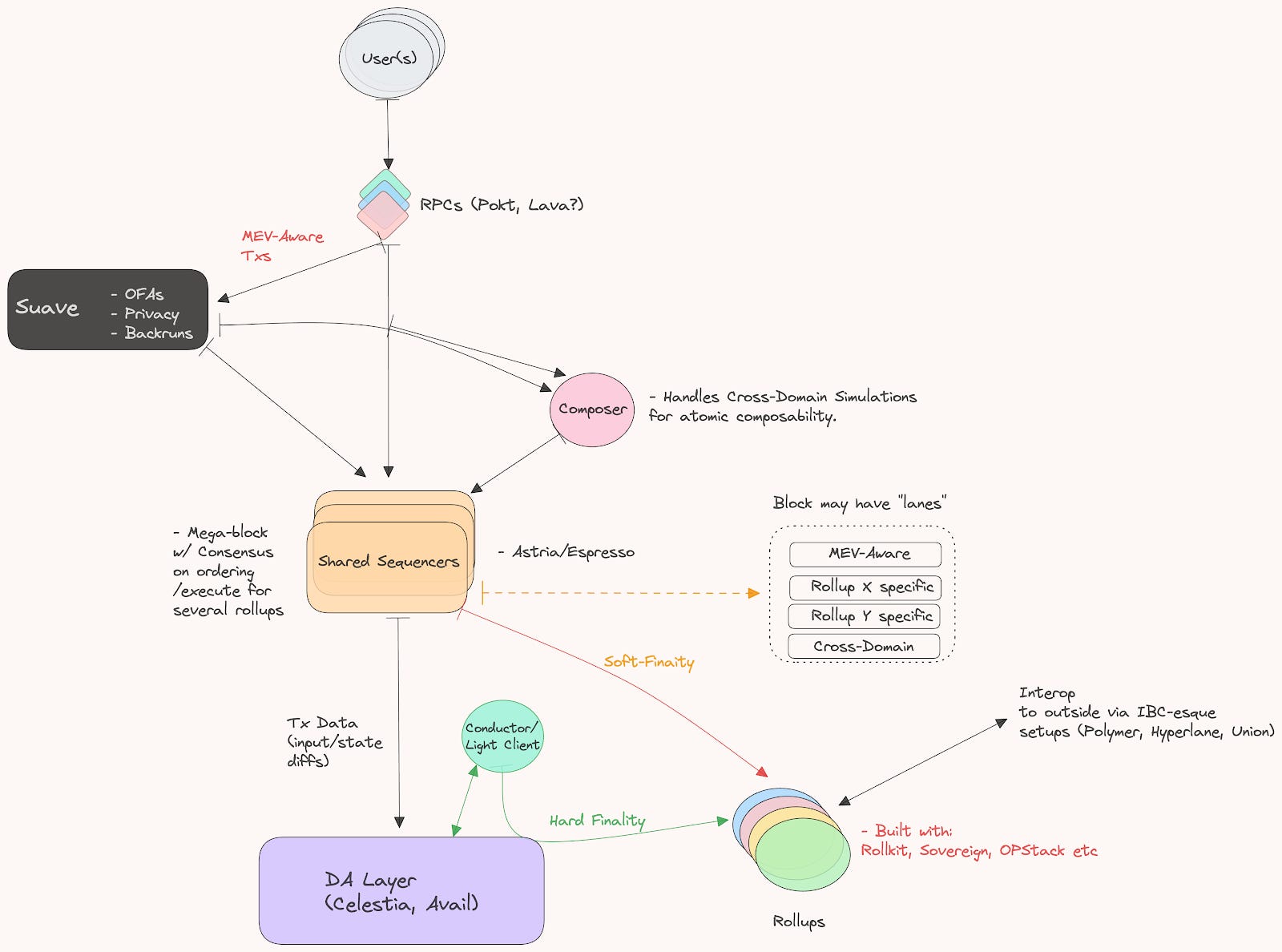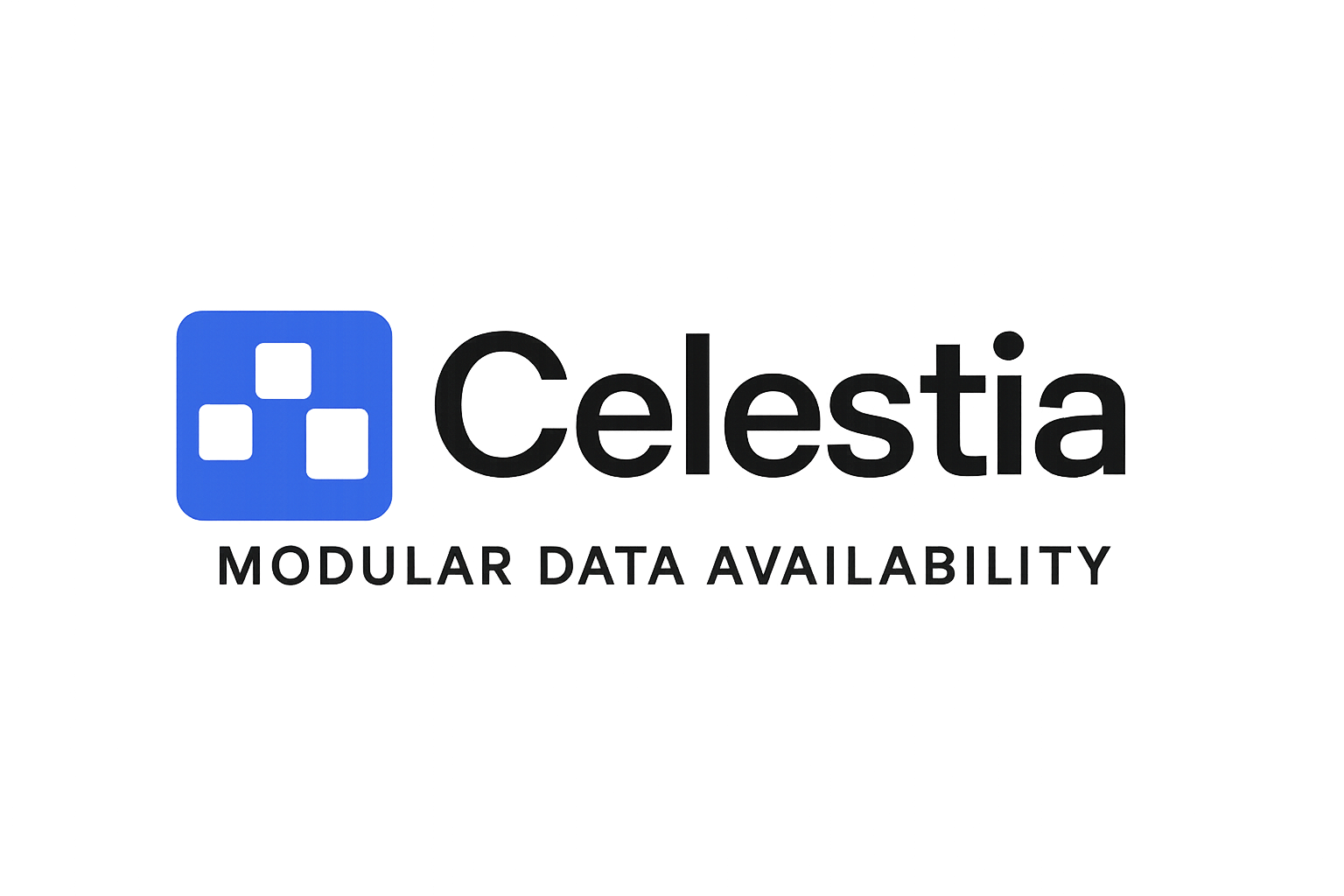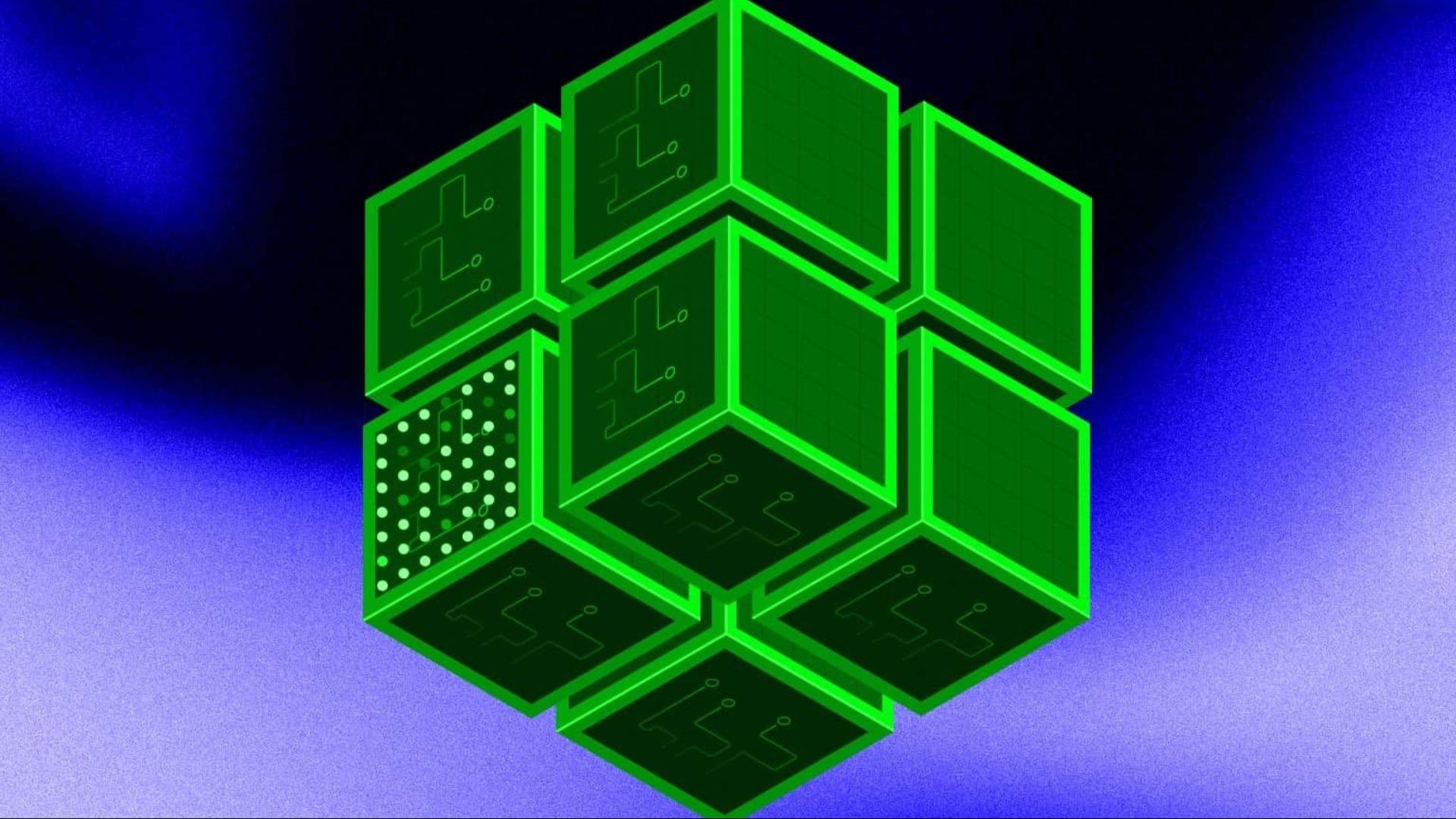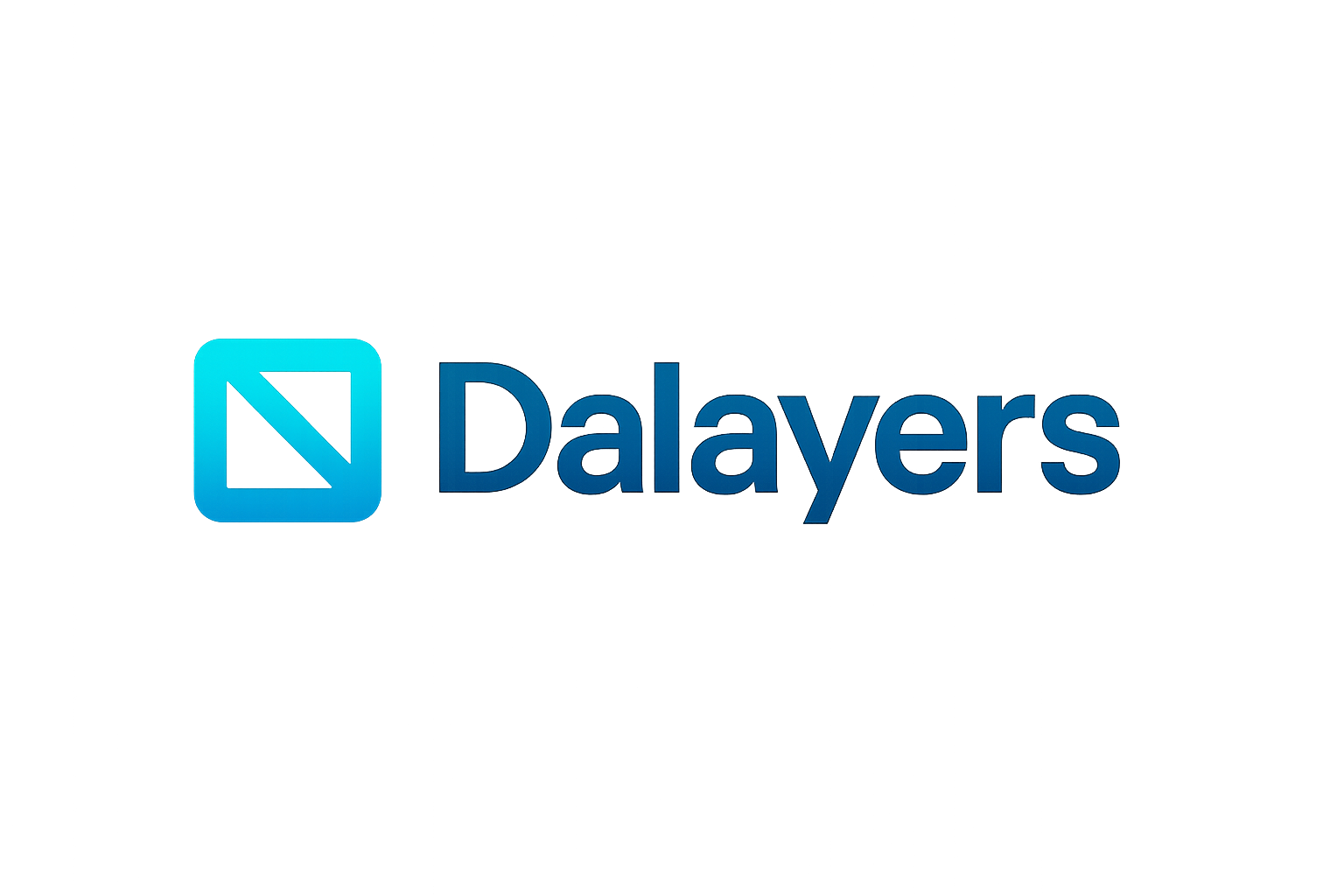
For blockchains to scale without sacrificing decentralization or security, they must solve the persistent challenge of data availability. In the world of modular blockchain architectures, data availability sampling (DAS) stands out as an innovation that is reshaping the scalability landscape. Instead of forcing every node to download and verify entire blocks of data, DAS enables a more elegant, efficient approach: nodes can confidently verify data availability by sampling just a small, random subset of the block. This shift is paving the way for truly scalable, decentralized systems.

Why Data Availability Matters for Blockchain Scalability
At its core, data availability ensures that all transaction data in a block is published and accessible to the network. Without guaranteed data availability, malicious actors could withhold critical information, making it impossible for others to validate the chain or execute transactions securely. In traditional monolithic blockchains, this means full nodes must download and check every byte of every block, creating a bottleneck that limits throughput and increases hardware requirements.
This is where modular architectures come in. By separating execution, consensus, and data availability into distinct layers, these systems can optimize each function independently. The result? Significantly improved scalability and resource efficiency. DAS is the linchpin that makes this separation viable, particularly for the data availability layer.
How Data Availability Sampling Works
DAS leverages statistical sampling to allow nodes to check if all block data is accessible without downloading the entire block. Here’s how it works: instead of pulling down every transaction, a node randomly samples small pieces of the block. If enough random samples are available, it becomes statistically improbable that any part of the block is missing. For example, sampling just 0.5% of a 4MB block can yield over 99.9999% certainty that the entire block is available (learn more here).
This approach dramatically reduces the bandwidth and storage burden on individual nodes. As a result, even lightweight nodes can participate in data verification, reinforcing decentralization and lowering barriers to entry. This technique is especially powerful in modular systems like Celestia and Avail, which have implemented DAS at the core of their data availability layers.
Real-World Impact: Celestia, Avail, and the Rise of Modular DA Layers
Projects like Celestia and Avail are leading the charge in deploying DAS to power scalable data availability layers. Celestia uses DAS to let light nodes efficiently verify that all transaction data is available, which in turn allows execution layers (like rollups) to scale independently. Avail takes a similar path, providing a dedicated DA layer that utilizes DAS so rollups can publish transaction data off-chain while still ensuring its integrity and accessibility.
This separation of concerns means that execution environments can be highly specialized, consensus mechanisms can focus purely on ordering transactions, and data availability layers can maximize throughput by leveraging DAS. The end result is a more flexible, scalable blockchain ecosystem where each layer excels at its specific task.
As modular blockchain projects continue to mature, the benefits of data availability sampling are becoming increasingly tangible for developers, users, and the broader crypto community. By lowering the technical requirements for node participation, DAS fosters greater decentralization, anyone with modest hardware and bandwidth can help secure the network. This democratization stands in stark contrast to monolithic chains, where only well-resourced participants can run full nodes.
Leading Modular Data Availability Layer Projects
-

Celestia: Celestia is a pioneering modular blockchain network that leverages Data Availability Sampling (DAS) to allow light nodes to efficiently verify data availability without downloading entire blocks. This enables scalable, decentralized rollups and execution layers to thrive atop its dedicated data availability layer.
-

Avail: Avail provides a purpose-built data availability layer for modular blockchains. By utilizing DAS, Avail ensures that rollups and other execution environments can publish transaction data securely and scalably, while offloading the burden of full data downloads from individual nodes.
-

EigenDA: EigenDA, developed by EigenLayer, is an Ethereum-native data availability service designed for rollups. It employs DAS and restaking to deliver high-throughput, secure data availability, supporting the growing ecosystem of modular blockchains and rollup solutions.
Moreover, by decoupling data availability from execution and consensus, modular architectures unlock a new wave of blockchain innovation. Developers can deploy rollups or application-specific chains without worrying about the bottlenecks of monolithic designs. Instead, they can rely on robust DA layers powered by DAS to guarantee that their transaction data is both available and verifiable.
Challenges and Future Directions for DAS
While DAS offers a compelling path forward, it is not without challenges. Designing sampling algorithms that are both secure and efficient requires careful engineering. There is also an ongoing need for education, many in the blockchain space are still learning how DAS works and why it matters. As more projects adopt modular designs, best practices around DAS implementation will continue to evolve.
Security remains paramount. Even with high statistical guarantees, networks must guard against sophisticated attacks that target data withholding or manipulate sampling randomness. The research community is actively exploring enhancements such as erasure coding and cryptographic proofs to further strengthen DAS-based systems.
What This Means for Blockchain Scalability
The rise of modular DA layers powered by data availability sampling is a pivotal development for blockchain scalability. By making it feasible for lightweight nodes to verify data availability, DAS addresses one of the most stubborn obstacles in decentralized systems. This advance supports higher throughput, lower costs, and more inclusive participation, key ingredients for mainstream adoption.
If you’re interested in a deeper dive on how DAS enhances decentralization or enables scalable sharded rollups, explore our guides on how DAS makes modular blockchains more decentralized or how DAS enables scalable sharded rollups in modular blockchains.
The modular thesis is gaining traction across the industry, and data availability sampling sits at its heart. As these technologies mature, expect to see even more creative solutions emerge, further blurring the lines between security, scalability, and decentralization in next-generation blockchain networks.






